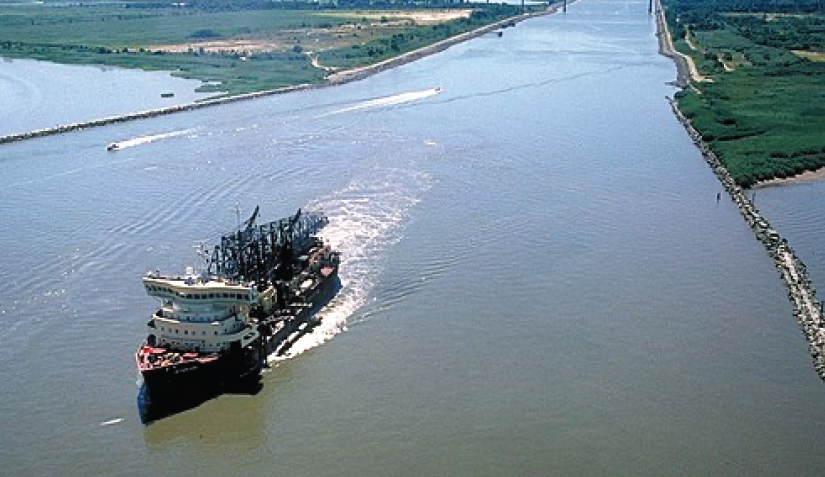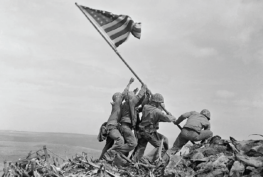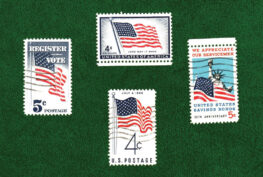The C&D Canal
The Chesapeake & Delaware Canal (C&D Canal) is a 14-mile-long, 450-foot-wide and 35-foot-deep ship canal that connects the Delaware River with the Chesapeake Bay in the states of Delaware and Maryland in the United States.
In the mid-17th century, mapmaker Augustine Herman observed that these great bodies of water were separated only by a narrow strip of land. In 1764, a survey of possible water routes across the Delmarva Peninsula was made, but little action followed. The idea was raised again in 1788 by regional business leaders, including famed Philadelphians Benjamin Franklin and Benjamin Rush.
Despite the beginnings of a commercial venture in 1802 coincident with Canal Mania in England and Wales, it was not until 1829 until the C&D Canal Company could, at last, announce the waterway “open for business”. Its construction cost of $3.5 million (equivalent to $89.1 million in 2024) made it one of the most expensive canal projects of its time.
In the present era, the C&D Canal is owned and operated by the U.S. Army Corps of Engineers, Philadelphia District. The project office in Chesapeake City, Maryland, is also the site of the C&D Canal Museum and Bethel Bridge Lighthouse. The canal saves approximately 300 miles on the route between Wilmington or Philadelphia on the Delaware River and Baltimore on Chesapeake Bay, avoiding a course around the Delmarva Peninsula.
The canal is a landmark and cultural boundary for the state of Delaware, considered a divide between the urbanized northern portion of the state and the rural southern portion, known locally as “Lower Delaware”, and demarcates an unofficial northern limit to the Delmarva Peninsula.
Early years…
In the mid‑17th century, Augustine Herman, a mapmaker and Prague native who had served as an envoy for the Dutch, observed that two great bodies of water, the Delaware River and Chesapeake Bay, were separated only by a narrow strip of land. Herman proposed that a waterway be built to connect the two.
More than a century passed before any action was taken. In 1764, a survey of possible water routes across the Delmarva Peninsula was made. One was proposed by Thomas Gilpin, Sr., a Quaker from Philadelphia, Pennsylvania, who, along with other members of the American Philosophical Society, sought a waterway to shorten the shipping distance from the Chesapeake Bay to Philadelphia. He proposed a canal across the Delmarva Peninsula to connect the Chester River at present-day Millington, Maryland, to the Delaware River. He even bought 39 acres of land, largely in and around Millington, but the canal would not become a reality for decades.
The idea was raised again in 1788 by regional business leaders, including noted Philadelphians Benjamin Franklin and Benjamin Rush. The canal would reduce, by nearly 300 miles, the water routes between Philadelphia and Baltimore.
In 1802, following actions by the legislatures of Maryland, Delaware, and Pennsylvania, the Chesapeake & Delaware Canal Company was incorporated.
More surveys followed, and in 1804, construction of the canal began under Benjamin Latrobe. The work included 14 locks to connect the Christina River in Delaware with the Elk River at Welch Point, Maryland, but the project was halted two years later for lack of funds.
Read more articles from VOM Magazine here: www.veteransoutreachministries.org/vom-magazine




